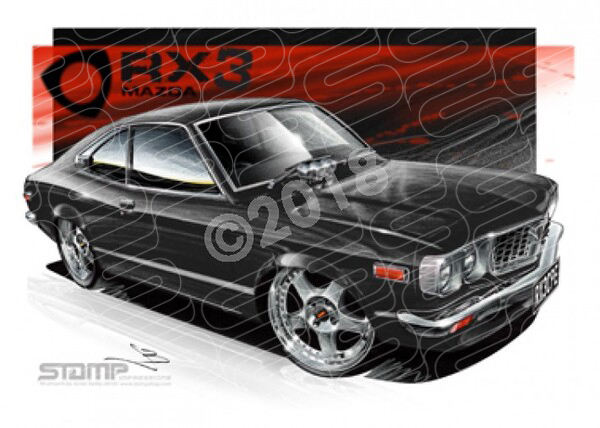

Later desmogged versions were sold as the "Grand Familia AP", with AP standing for "Anti Pollution".
MAZDA RX3 GT LEGENDS MANUAL
Originally, only a four-speed manual transmission was available. In the Japanese market, myriad equipment levels were available, ranging from the very basic 1300 Standard to the most luxurious 1500 GL II ("GF II" for the coupé). The 1.5 was replaced by a larger 1.6-liter four in November 1973, an engine which had already been used in some export markets (like the United States) for over two years. Engines were inline four-cylinder units and included a 1,272 cc and a 1,490 cc option, called the "Grand Familia S" in Japan. This generation was available in coupé, sedan, and station wagon forms. Since Mazda had already developed the Grand Familia/Savanna, it was sent to North America, while it was considered in Japan as an alternative to the Corolla clone, the Toyota Sprinter, Nissan Cherry, and the Mitsubishi Lancer. With the onset of the 1970s energy crisis however, the Familia sold better due to its fuel economy. The Grand Familia/Savanna were originally intended to replace the smaller Mazda Familia to better compete with the Toyota Corolla, Nissan Sunny, and Mitsubishi Colt. The largely identical rotary-powered versions were marketed as the Mazda Savanna ( マツダ・サバンナ, Matsuda Sabanna) in Japan, with export markets taking this model as the Mazda RX-3. The Grand Familia offered only inline four cylinder engines. The body style configurations offered were a two-door coupé, a four-door sedan, and a five-door station wagon.


It was sold as the Mazda 808 in some export markets including Asia, Australia, and New Zealand, and as the Mazda 818 in many others. The Mazda Grand Familia ( Japanese: マツダ・グランドファミリア, Matsuda Gurando Famiria) is an automobile which was produced by Mazda in Japan from 1971 to 1978.


 0 kommentar(er)
0 kommentar(er)
